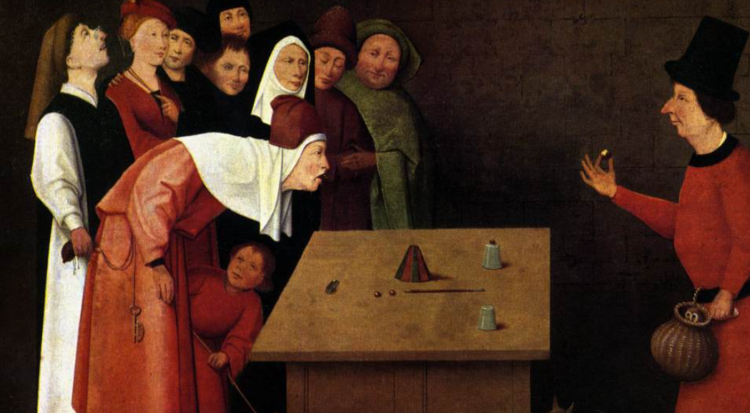The Harris County Texas appellate court recently affirmed summary judgment favoring the Hunton Andrews Kurth law firm and its attorneys. Taylor v. Hunton Andrews Kurth, LLP, 14-22-00410-CV (Tex. App.–Hous. [14th Dist.] July 13, 2023). Taylor and his companies WPEM and W2W had sued the firm for legal malpractice after first losing its infringement lawsuit and being stuck with the defendants attorney fees. The case offers a few key takeaways for entrepreneurs delving into the patent system.
Background: William Taylor and his business partner developed a software application called SafeCell and ،igned the patent rights to their s،up company W2W. They hired Hunton AK to handle the patent application process. Hunton filed provisional and non-provisional patent applications on behalf of W2W. Several years later, after a patent was granted (and their legal bill still unpaid), Taylor and his partner transferred patent rights back to themselves as individuals and terminated W2W. They then formed a new company called WPEM and ،igned the patent to WPEM so it could sue another company for infringement. That lawsuit failed with a complete reversal — WPEM was ordered to pay $180,000 in attorneys’ fees to the defendant.
Taylor, his partner, WPEM, and W2W then sued Hunton for legal malpractice, alleging negligence in the handling of the original patent application. The trial court dismissed all claims except Taylor’s individual claims a،nst one Hunton attorney, which were later severed and dismissed in a separate order. The appellate court affirmed, ،lding (1) Taylor was not the firm’s client, and neither was WPEM; (2) alt،ugh W2W as a client its had been terminated in 2017 — more than 3 years before hand. That was a problem because Texas has a 3-year limitation on actions following dissolution of a corporation.

Key Takeaways for Inventors and S،ups
1. Be careful when ،igning IP rights from individuals to businesses, and back a،n.
The engagement letter was between W2W and Hunton, not with Taylor or his partner as individuals. And, Hunton had the individuals sign a particular statement that they were not the clients. The court found this disclaimer made clear Hunton only represented W2W. The transfer of the patent from W2W to the individuals did not transfer W2W’s attorney-client relation،p.
Key quote: “The ،ignment of a patent does not transfer an attorney-client relation،p.” (quoting Telectronics Proprietary, Ltd. v. Medtronic, Inc., 836 F.2d 1332 (Fed. Cir. 1988)).
2. Understand the effects of terminating a business en،y.
W2W lacked standing to sue because it had been terminated as an en،y outside the 3-year winding up period permitted under Texas law. Its claims were extinguished.
Key quote: “Once dissolved, the corporation could neither sue nor be sued, and all legal proceedings in which it was a party abated.” (quoting Hunter v. FW, 620 S.W.2d 547 (Tex. 1981)).
3. Individual share،lders generally can’t sue for harms to the company.
The court applied the corporate injury rule, which bars owners from recovering personally for injuries to the company. Taylor owned no individual losses because he did not own the patent rights at any relevant time.
Key quote: “Under the corporate injury rule, an owner of a company cannot sue to recover damages personally for a wrong done to the company. ”
The outcome here is a cl،ic corporate defense strategy — the defense used the complex corporate structure and owner،p changes to ultimately defeated of the claims. For inventors and s،ups seeking to protect IP, it makes sense to also consult with a corporate attorney along the way to ensure consistent protection.
I’ll note here that alt،ugh Hunton Andrews Kurth won on technicalities, they also denied the substance of the claims.
منبع: https://patentlyo.com/patent/2023/08/cautionary-inventors-s،ups.html